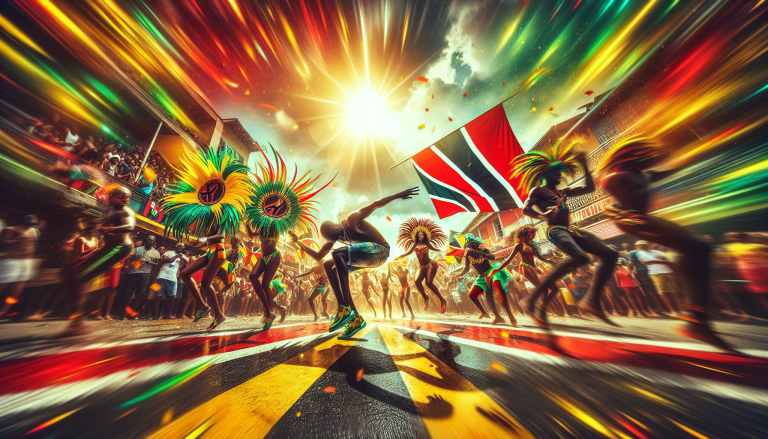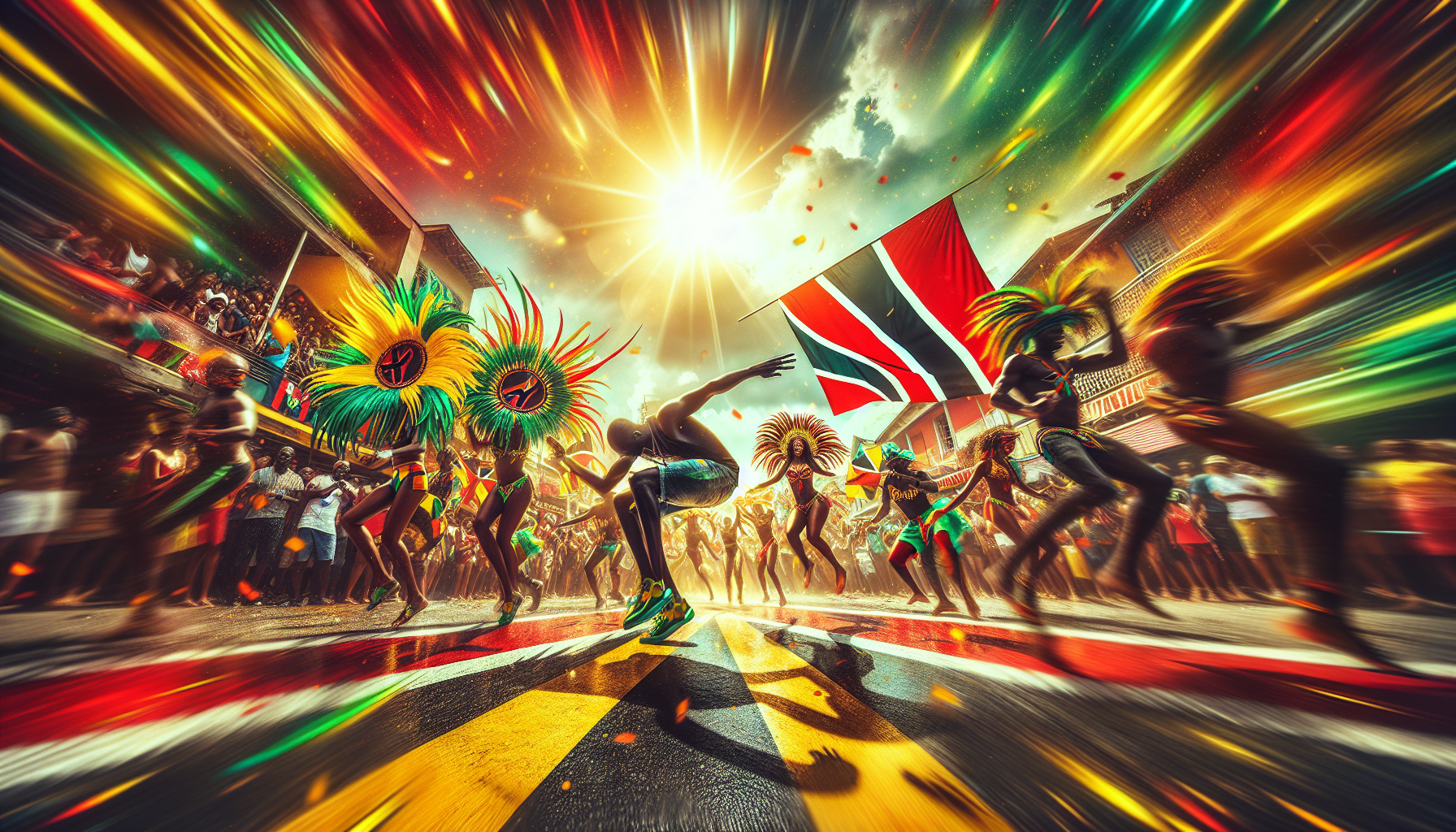Soca: The Heartbeat of Caribbean Celebration
When the first thunderous beats of soca music fill the air, it’s impossible to keep your body still. This electrifying genre is more than just music—it’s a cultural explosion that embodies the spirit of Caribbean joy, resilience, and freedom. Originating in Trinidad and Tobago during the early 1970s, soca has become a powerful musical force that transcends islands and generations.
The roots of soca can be traced back to calypso, its musical predecessor. Legendary musician Lord Shorty (Garfield Blackman) is credited with creating soca by intentionally blending traditional calypso with East Indian rhythms, reflecting the diverse cultural landscape of Trinidad and Tobago. The term “soca” is believed to be a contraction of “soul” and “calypso,” symbolizing the genre’s ability to capture the soul of Caribbean musical expression.
Musical Characteristics and Evolution
Soca is characterized by its fast-paced, energetic rhythm, typically featuring prominent percussion, synthesizers, and brass instruments. Unlike its slower predecessor calypso, soca is designed to make people move—and move fast. The music’s tempo ranges from 120 to 140 beats per minute, creating an irresistible groove that compels dancers to unleash their most dynamic movements.

The genre has continuously evolved, incorporating elements from other musical styles like dancehall, reggae, and even contemporary pop. Modern soca often features electronic production techniques while maintaining its core Caribbean identity. Its lyrics typically celebrate life, love, freedom, and the pure joy of existing—themes that resonate deeply within Caribbean communities.
Cultural Significance
Soca is far more than entertainment; it’s a powerful cultural expression. During Carnival seasons across the Caribbean, soca becomes the soundtrack of liberation and collective celebration. As one prominent musician once said, “Soca is not just music, it’s a way of life.”
The music represents historical resilience, tracing its roots back to traditions of resistance developed during colonial periods. Through soca, Caribbean people have continually transformed pain into powerful, jubilant expression. Its infectious rhythms tell stories of survival, pride, and unbreakable community spirit.
Prominent Soca Artists
1. Machel Montano
Often called the “Michael Jackson of Soca,” Machel Montano has been pivotal in globalizing the genre. Since beginning his career as a child prodigy, he has consistently pushed soca’s boundaries, collaborating with international artists and bringing Caribbean music to worldwide audiences.
2. Bunji Garlin
Known for his high-energy performances and innovative approach, Bunji Garlin has been instrumental in fusing soca with contemporary urban sounds. His ability to blend traditional soca elements with modern musical styles has helped attract younger audiences to the genre.
3. Destra Garcia
As one of the most prominent female voices in soca, Destra Garcia has broken numerous barriers. Her powerful vocals and dynamic stage presence have made her a beloved figure in Caribbean music, inspiring countless young artists.
Global Impact and Performance Spaces
While soca originated in Trinidad and Tobago, it has become a global phenomenon. Major Carnival celebrations in Brooklyn, London, and Toronto now feature extensive soca performances. Music festivals worldwide increasingly incorporate soca artists, demonstrating the genre’s universal appeal.
Traditional performance spaces include street festivals, Carnival celebrations, and dedicated music venues. However, contemporary soca has also found homes in nightclubs, international concert halls, and digital platforms, allowing its vibrant energy to reach global audiences.
The Future of Soca
As Caribbean music continues to evolve, soca remains at the forefront of cultural innovation. Young artists are experimenting with digital production techniques, international collaborations, and hybrid musical styles while maintaining the genre’s core spirit of celebration and resistance.
The music continues to serve as a powerful medium of cultural expression, connecting Caribbean diaspora communities worldwide and introducing new generations to their rich musical heritage.
From its humble beginnings in Trinidad to its current status as a global musical phenomenon, soca represents more than a genre—it’s a dynamic, living testament to Caribbean creativity, resilience, and unbreakable spirit. When those pulsating rhythms start, the world doesn’t just listen—it dances.




